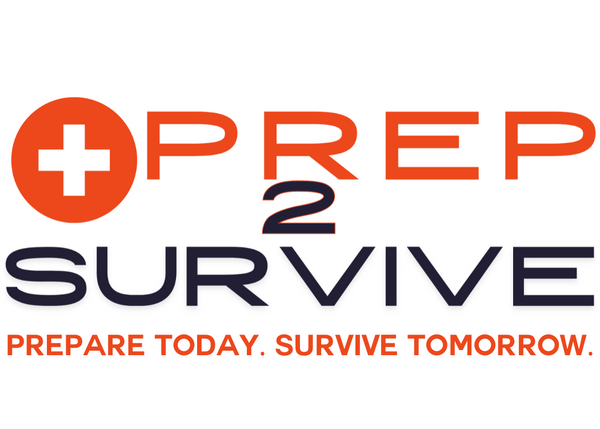
How to Start Prepping (Even If You've Never Done It)
Starting your prepping journey doesn’t mean bunkering down in a bunker. If you're brand-new to this, all you need is a little direction—and zero fear.
1. Prepping ≠ Panic—It’s Foresight
Here’s the deal: prepping isn’t prepping for doomsday—it’s prepping for life. Power cut? Winter storm? Budget shortfall? A smart prepper doesn’t panic—she pivots. Start small, build your confidence, and keep your budget intact.
Work on your mindset. It's not all politics, doomsday and apocalypse stuff. This is real world, preparing for what if - Because WHAT IF eventually comes.
2. Nail a Simple Emergency Plan
Begin with a basic plan. It doesn’t have to be complex—just have:
- A list of likely calamities in your area (wildfires, earthquakes, outages).
- A communication plan (old-school meetups when phones fail).
- A known evacuation route (and a fallback if the main road is jammed).
- A “If we get separated, meet here” point—like your neighbor’s porch or the big oak by the park.
3. Build Your Starter Kit
You don’t need to go all prepper-mansion big immediately. Grab:
- Water (1 gallon/day per person for 3–7 days).
- Simple shelf-stable foods: canned protein, nuts, energy bars.
- Basic first-aid plus daily meds.
- A multi-tool, manual can opener, flashlight, and spare batteries.
- A waterproof stash of key documents (IDs, insurance, contacts).
4. Stock a Boulder-Proof Pantry (or Close Enough)
Your “panic pantry” should be unglamorous but powerful:
- Canned beans/chicken, pasta, oats, rice.
- Flavor boosters—salt, spices, oils, vinegar.
- Comfort extras: coffee, tea, drink mixes.
- Add one or two items each grocery run. Rotate as you go—prepping is a marathon, not a sprint.
5. Treat Water Like Gold
Water is your #1 prep currency. Learn to store and filter safely:
- Keep a minimum 3-day supply, work toward 2 weeks.
- Use BPA-free containers or emergency barrels.
- Pick a trusted portable filter—like Sawyer or LifeStraw—not just the cheapest one you can get.
6. Shelter, Warmth (or COOL in HOT TEMPS) & Relaxation
Prep includes keeping comfort and basic needs in check:
- Extra layers, hats, and gloves.
- Sleeping bags or warm blankets for everyone.
- A tarp or compact tent for unexpected shelter.
7. Expand Gradually
Once the basics are locked down, ramp it up:
- Home improvements (reinforced locks, simple security tweaks).
- Learn real skills—garden? First aid? Cooking from scratch?
- Fund a little emergency money stash—$20 a week can go a long way.
Prepping isn’t about fear—it’s about being smart. And yes, baby steps count. Consistency and calm beats chaos every day.
We break it down for you, in our 72 Hour Emergency Kit - FREE. Grab it here.
